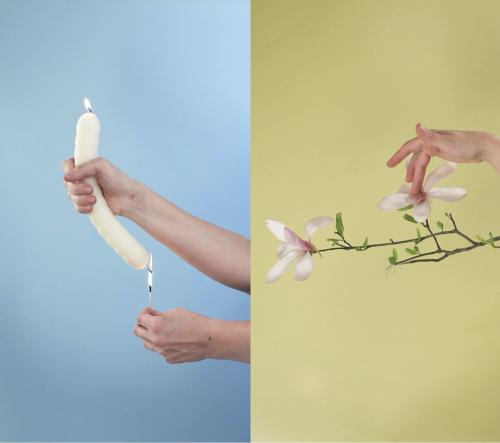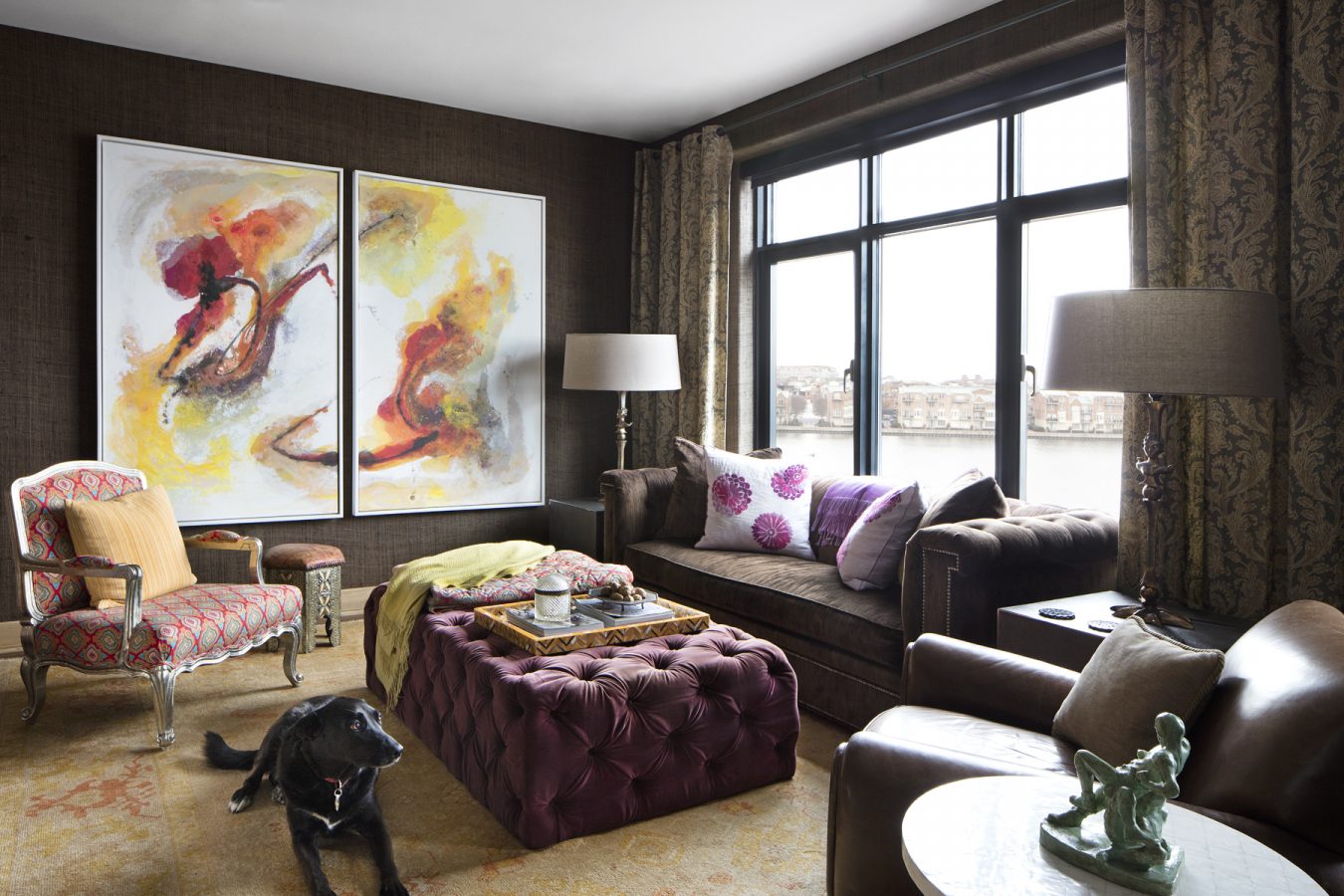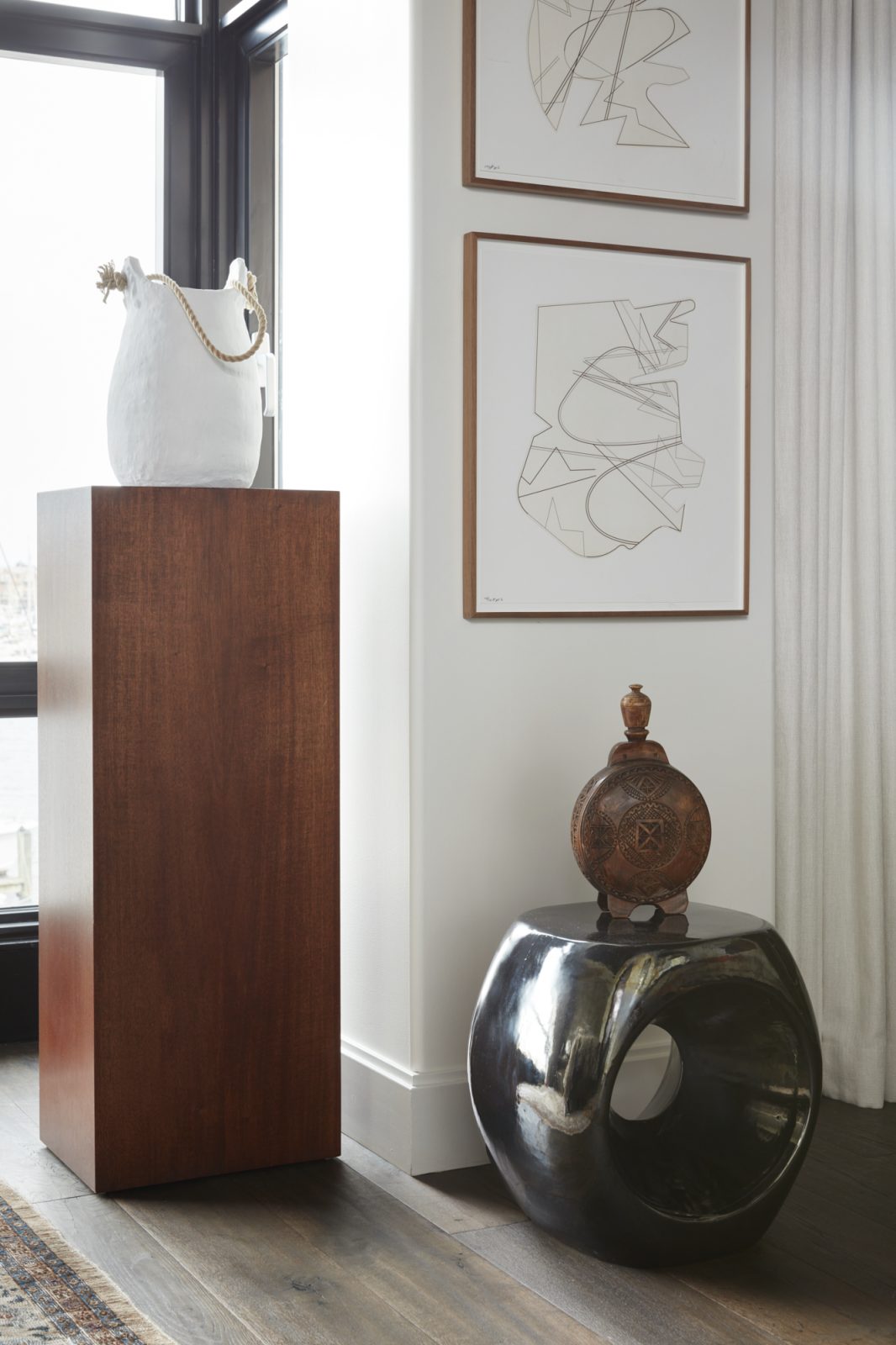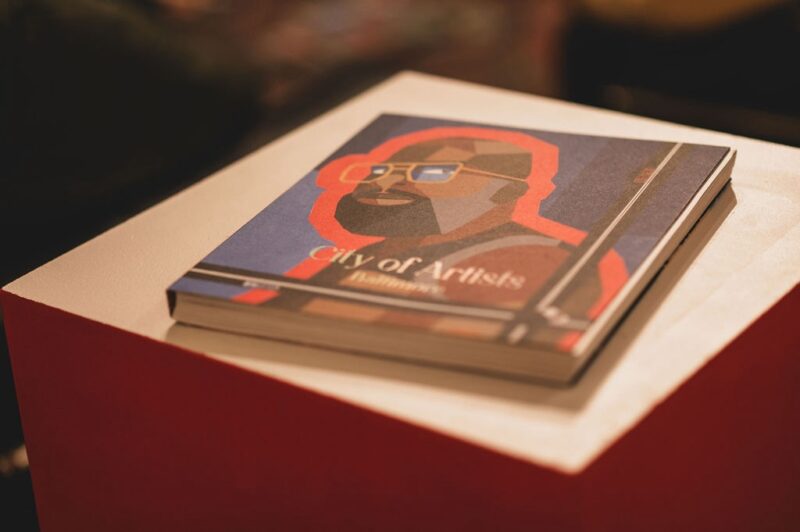You’ve spoken before about how your childhood as the son of travel journalist Horace Sutton allowed you to see a lot of the world and experience luxurious and beautifully designed hotels all over the world at a young age. That, coupled with an architectural drafting class you took as a teen and a summer class studying architecture at Harvard, helped you decide what you wanted to do by the time you were sixteen. Can you speak to your life as a creative and how knowing, in essence, your life’s work at a young age specifically shaped or impacted other choices and decisions you’ve made since? Do you have any advice for young people interested in the fields of architectural and interior design?
I think being exposed to the world’s most beautiful spaces at a young age clearly influenced my interest in architecture and design and gave me a leg up when I engaged in my architectural studies because I was able to draw on so much visual imagery that had been put in front of me. What gave my work depth and interest, however, was being around a storyteller father. Many designers and architects develop a look or aesthetic that defines their craft but for me, I had been raised to look for the narrative that gave each place its soul and identity. It took a while for me to realize this is what I was doing because at first, especially early as an architect, I was working on mastering form making. When I was able to put the pieces together and understand why I kept looking for the stories in my projects in order to give them richness and that it came from tagging around a storyteller as a kid, then my creative process coalesced with my intellectual one as well and things became so much clearer.
I advise young people to travel, seek out beauty, and learn to look and see intently. A designer’s ability to solve problems comes from drawing on what you have seen before and synthesizing that information to suit the situation. The more you have seen, the more depth of your visual library—down to the smallest of details, the greater your ability to process solutions will be. I have two sayings in our office that speak to this: one is “how deep is your toolbox?” and the other is “how big is your snow globe?” You can tell those designers who have a vast range of aesthetic ability versus those who regurgitate the same look over and over. I find the ones that have seen more things, have traveled and filled their minds with as much beauty the world has to show, are the ones who offer their clients more options that suit them.
I read that you were born in New York City, attended college at Carnegie Mellon in Pittsburgh, and interviewed to work in Washington, DC but you weren’t happy with the spirit of the city and felt something was missing. You moved to Baltimore in 1985 for a change of pace and stayed—do you identify as a native at this point and what is it about Baltimore that makes it a great place to live in your opinion?
I absolutely have made Baltimore my home city and am proud to call it my home. I will tell you it was definitely a challenge when I first moved here as there wasn’t much value placed on world-class design and much of what was being done was lackluster. But that has changed in the last decade or so as people started to believe we had the right to want the qualities other great cities had. It took some people with the guts to invest in design and quality here. We certainly have our social and economic problems, but I am so thankful for the opportunities Baltimore has provided me. There is so much potential here: a rich history, a vibrant waterfront, neighborhoods with historic charm and interest, a growing food culture, etc. and we are so close to so many other great cities. It is a special place.
Do you work from home typically or have you been working from home during COVID-19? Has your relationship with your home changed at all during shelter-in-place? For example, many people now hate their couches because they’ve spent so much time on them! Do you still love your space or is there anything you would change now that you’re presumably spending an inordinate amount of time at home?
A well-timed question. We live in a five-story townhome and years ago I fully designed an office/media room on the fourth floor. Prior to COVID I rarely used the space because I wanted to keep my work and home life separate. When the pandemic hit this spring and I was forced to work from home I realized how lucky I was to have created that home office and just how important it is to invest in your personal sanctuary. I love my office and my home and working from there has been wonderful. It has also been a peek of what semi-retirement might look like, should that ever happen.


















